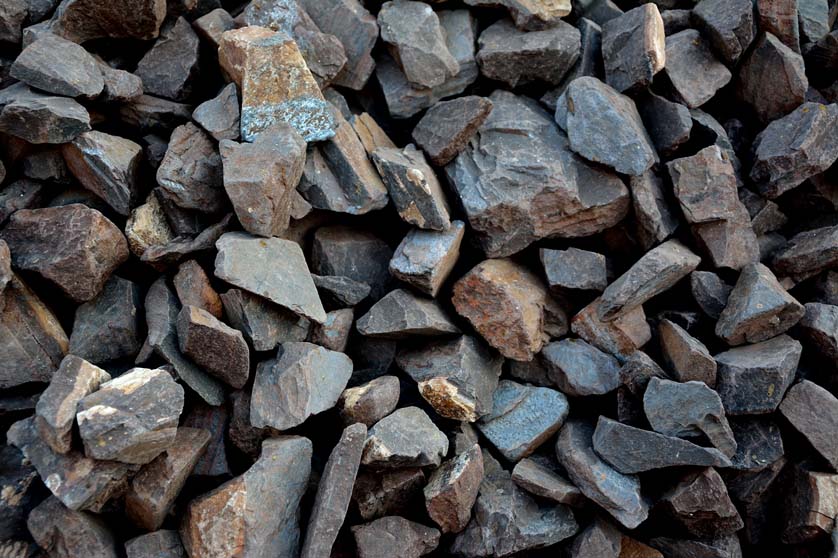
Emery is a kind of rock, black or dark grey in color and used for the production of abrasive powder. The Word emery is referring EMERI Cape in Naxos Island / Greece where this mineral has first started to be consumed by human.
The major part of the emery consists of corundum (aluminium oxide) and trace amounts of iron bearing spinels, hernisite, magnesite and rutile (titanium mineral). Emery used in industry may contain synthetic additives namely magnesium, mullite and silica.
Emery in black or dark grey in color. Specific gravity of the mineral is approximately 3,5-3,8. This fluctuation in specific gravity arouses from the aboundance of side-minerals. Due to the same reason MOHS hardness of emery may alter. Although the MOHS hardness of corundum is typically 9, it may drop to 8 because of iron bearing spinels and sometimes even drops to 6 because of soft minerals such as magnesia in the structure.
Naturally comminuted emery (known as black sand) is used as abrasive material. It may be adhered to plates or paper. It may also be mixed to tarmac in order to increase traction and to harden the surface.
For almost last fifty years emery producing countries were Turkey and Greece but now, we may easily say that the only real emery producing country is Turkey.
Emery was mined in the east side of Naxos island for thousand years until a few decades ago but after the discovery of sintered carbide (which can also be used as abrasive), the demand to natural emery had a tendency to drop.
Supplied emery is majorly used in abrasive coating, production of abrasion-proof surfaces and roads in USA and in rice-polishing in Asian countries.
Usage Areas
- Stone cutting, metal polishing and finishing.
- Clearing stone surfaces, polishing and rough grinding of mirror glass.
- Production of grinding disks.
- Production of sandpaper
- Production of non-slippery surfaces (floor, pavement, road etc.)
- Concrete hardening

